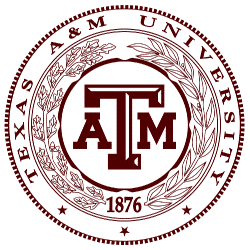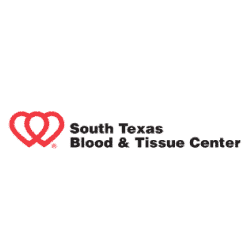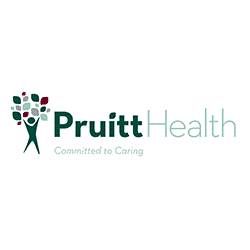4 Medical Waste Removal Facts You Should Be Aware Of
4 Medical Waste Removal Facts You Should Be Aware Of
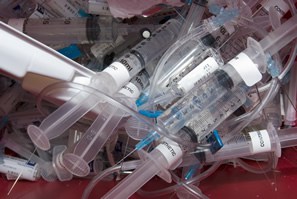 A large portion of the waste created in healthcare clinics is considered hazardous to humans and the environment. It might be infectious, or radioactive, or simply toxic to anything with which it comes into contact. It is vital that proper medical waste removal procedures are followed to keep the public and the environment safe. Here are some facts about medical waste removal that you should be aware of.
A large portion of the waste created in healthcare clinics is considered hazardous to humans and the environment. It might be infectious, or radioactive, or simply toxic to anything with which it comes into contact. It is vital that proper medical waste removal procedures are followed to keep the public and the environment safe. Here are some facts about medical waste removal that you should be aware of.
Medical Waste Doesn’t Just Come from Hospitals
Most often when someone thinks of medical waste they think of hospitals and health clinics. It’s true that these types of facilities produce the most medical waste, but they aren’t the only sources of it. Funeral homes, prisons, dentist offices, schools, and tattoo parlors all produce biohazard waste. Unfortunately, many of them do not have or use medical waste disposal containers properly.
Medical Waste Should be Categorized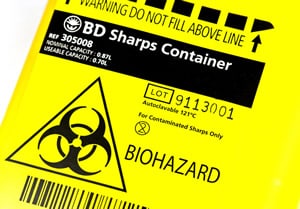
You might not realize that there is a wide array of types of medical waste. Each type has its own requirements for proper disposal and needs to be placed in their respective medical waste disposal containers. For instance, certified red bags are for medical waste that has liquid or semi-liquid infectious materials. The bags used must be the required thickness and be leak and tear proof. They must be closed properly and clearly labeled.
Another category is“Sharps”. As the name suggests, this category is made up of materials that could cut you or puncture a medical waste disposal container. This category includes things such as needles and syringes, culture slides, broken capillary tubes, and the exposed ends of dental wires. As opposed to a bag, these items must be placed into a designated sharps container that is puncture proof and leak proof.
Waste that may have come into contact with chemotherapy drugs should be disposed of in a yellow bag. Pills and injectables should be placed in a black bag or container.
According to state and federal law, medical waste should be clearly marked and categorized as either hazardous or non-hazardous. Labeling should be visible on every side of a given container.
Medical Waste Removal is Regulated
There are several agencies and government bodies that oversee medical waste removal. Some of those organizations include the Centers for Disease Control, the Occupational Safety and Health Administration, the Food and Drug Administration, and the Department of Transportation. If your facility generates medical waste, you must comply with the regulations from all of these bodies, and any others that may be regulated in your municipality or state. Depending on the infraction, failure to comply can mean getting hit with heavy fines and penalties. Medsharps is in the business of making your medical waste removal easier, and we are experts at all state and federal regulations.
A Medical Waste Company Must Have Certification
Not just anyone can pull up a pickup truck and start disposing of medical waste. Once medical waste leaves your facilities and is placed in the hands of another party, it becomes that party’s legal responsibility. That means they must have certification to be able to take hold of it. A certified company will be able to properly dispose of each kind of waste in their appropriate disposal locations.
If your business is a source of medical waste, make sure that you understand proper medical waste removal. To ensure you are following all the right procedures, contact Medsharps and let us take care of it for you.



